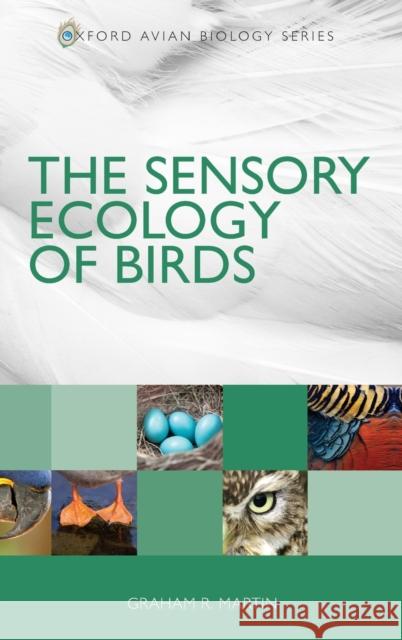The Sensory Ecology of Birds » książka
The Sensory Ecology of Birds
ISBN-13: 9780199694532 / Angielski / Twarda / 2017 / 320 str.
The Sensory Ecology of Birds
ISBN-13: 9780199694532 / Angielski / Twarda / 2017 / 320 str.
(netto: 501,11 VAT: 5%)
Najniższa cena z 30 dni: 483,53 zł
ok. 30 dni roboczych
Bez gwarancji dostawy przed świętami
Darmowa dostawa!
Birds are renowned for their exceptional vision and the way that this enables them to survive and navigate the world in such a unique way. However, it is now recognised that avian behaviour is guided by information drawn from many different senses which are then used in integrated and complementary ways to answer the many different sensory challenges posed by specific environments and particular tasks.
Understanding how sensory information is used by birds has important applications in conservation, such as providing vital insights into why birds are prone to collisions with structures like power lines and wind turbines, and why so many diving birds become entrapped in nets. A sensory ecology approach suggests how these problems can be mitigated.
The Sensory Ecology of Birds ranges widely across species, environments, and behaviours to present a synthesis that challenges previous assumptions about the information that controls the behaviour of birds. A bird may use a wide range and combination of sensory information that comes from sight, hearing, smell, mechanoreception, taste, and magnetoreception. It may also include specific refinements of senses, such as echolocation and remote touch from the bill. The book recognises that there are many complex and subtle trade-offs and complementarities of information between different types of sensory information.
This accessible text will be of interest to a wide ornithological readership, from undergraduates to researchers as well as a broader audience of behavioural ecologists and evolutionary biologists.











